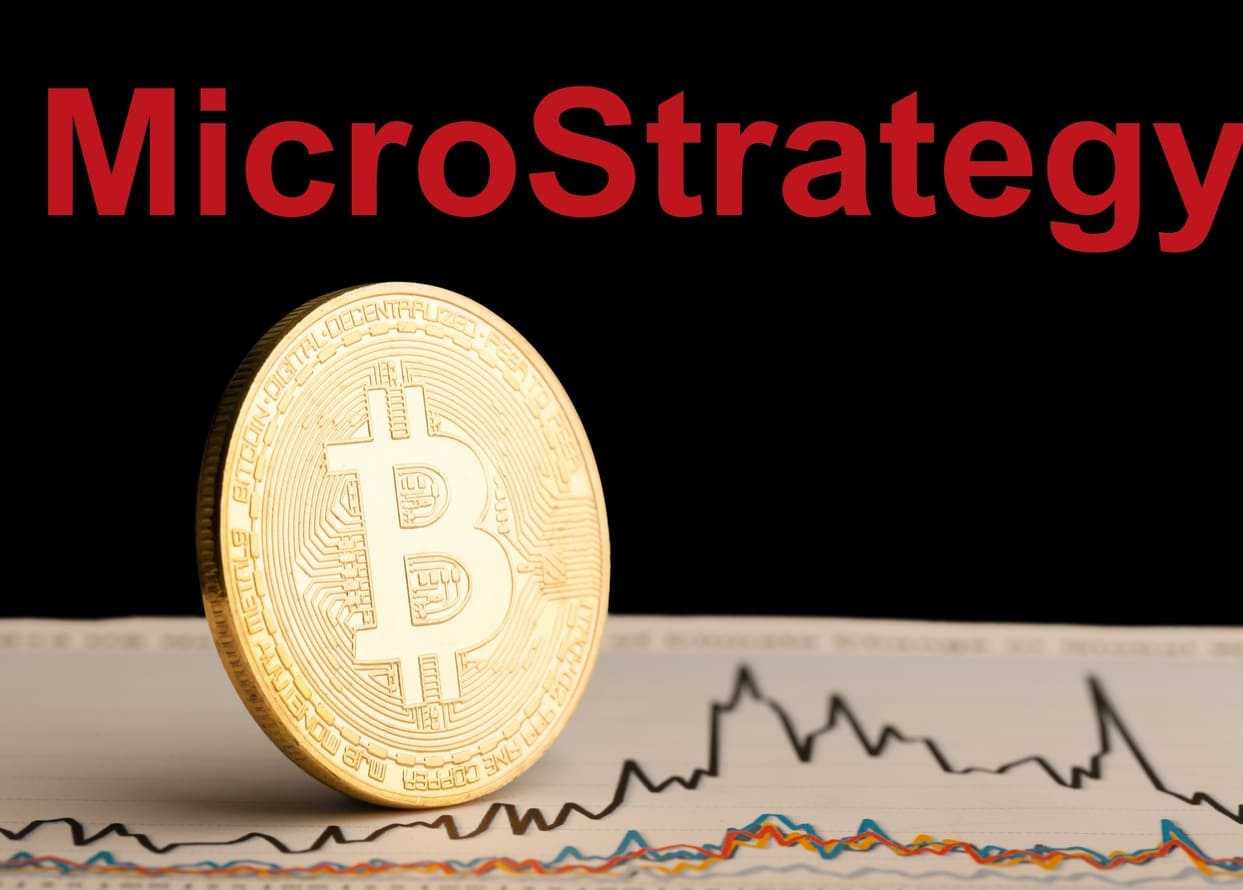
Stablecoins Surpass Mastercard and PayPal in Transaction Volume in 2022
A Bloomberg Intelligence report reveals the impressive growth of stablecoins and their potential impact on the digital finance industry.
Stablecoins have achieved a remarkable milestone in 2022. According to a Bloomberg Intelligence note, stablecoins on various blockchain networks have moved more value than Mastercard and PayPal, two of the world's leading payment platforms.
The note, authored by crypto market analyst Jamie Coutts, states that stablecoins transacted $6.87 trillion in 2022, exceeding the volumes of Mastercard ($6.5 trillion) and PayPal ($1.4 trillion). However, stablecoins still trailed behind Visa, which processed nearly double the amount at $11.6 trillion.
The note also acknowledges that the crypto market downturn of 2023 has negatively affected the stablecoin sector, as it fell behind Mastercard in terms of year-to-date volume. Nevertheless, Coutts argues that stablecoins have shown their resilience and value proposition in the digital money evolution, and are poised to grow further due to network effects and scaling innovations.
One of the key drivers of stablecoins' adoption is their network effects, which are amplified by their integration with major payment and e-commerce companies. For instance, PayPal, Visa, and Shopify have all enabled their users and merchants to accept and use stablecoins as a form of payment. Additionally, stablecoins offer new opportunities for users to earn yield on their holdings by using them to access various decentralized finance (DeFi) protocols that provide lending, borrowing, and staking services.
Another factor that contributes to stablecoins' growth is the improvement of blockchain scalability, which allows for faster and cheaper transactions. The note highlights the rapid development of Layer-2 solutions, which are secondary networks that operate on top of the main blockchain layer and provide enhanced performance and security. Coutts suggests that the increasing adoption of Layer-2 networks indicates that the Ethereum network, which hosts most of the stablecoins, might be undervalued.
Therefore, Coutts concludes that stablecoins have established themselves as a vital component of the digital finance industry, demonstrating their utility and efficiency despite a challenging market environment. As the crypto ecosystem continues to expand and innovate, stablecoins are expected to play a more influential role in reshaping the future of money.
Binance lost Mastercard services for some regions on Aug. 24. This happened as Mastercard decided to wait for better regulations before expanding crypto projects. Visa and PayPal also seemed to slow down their crypto plans earlier this year, but they have since launched new products involving Ethereum and stablecoins. Mastercard is now more interested in CBDCs than crypto payment solutions.





